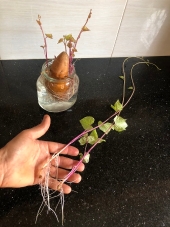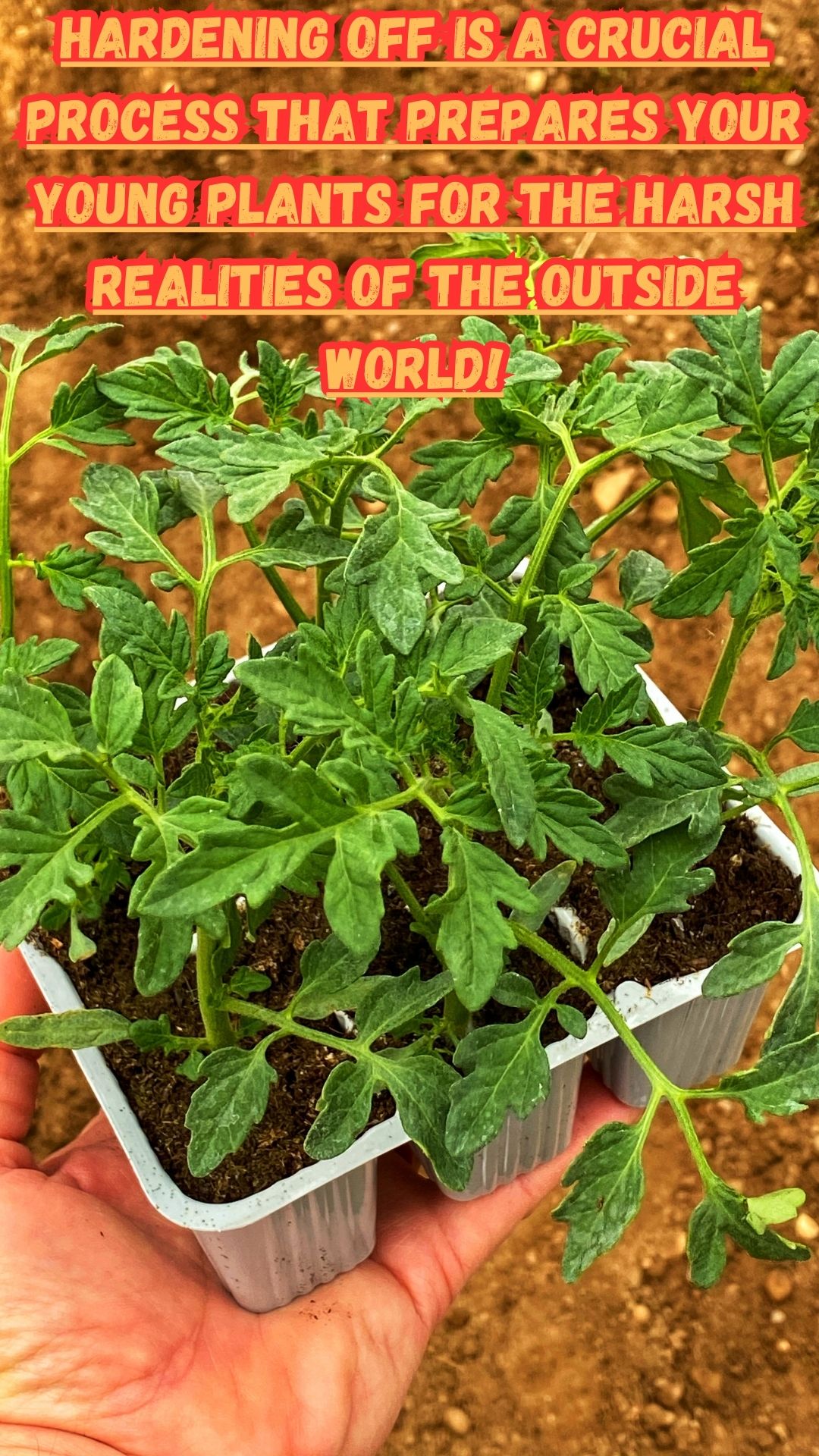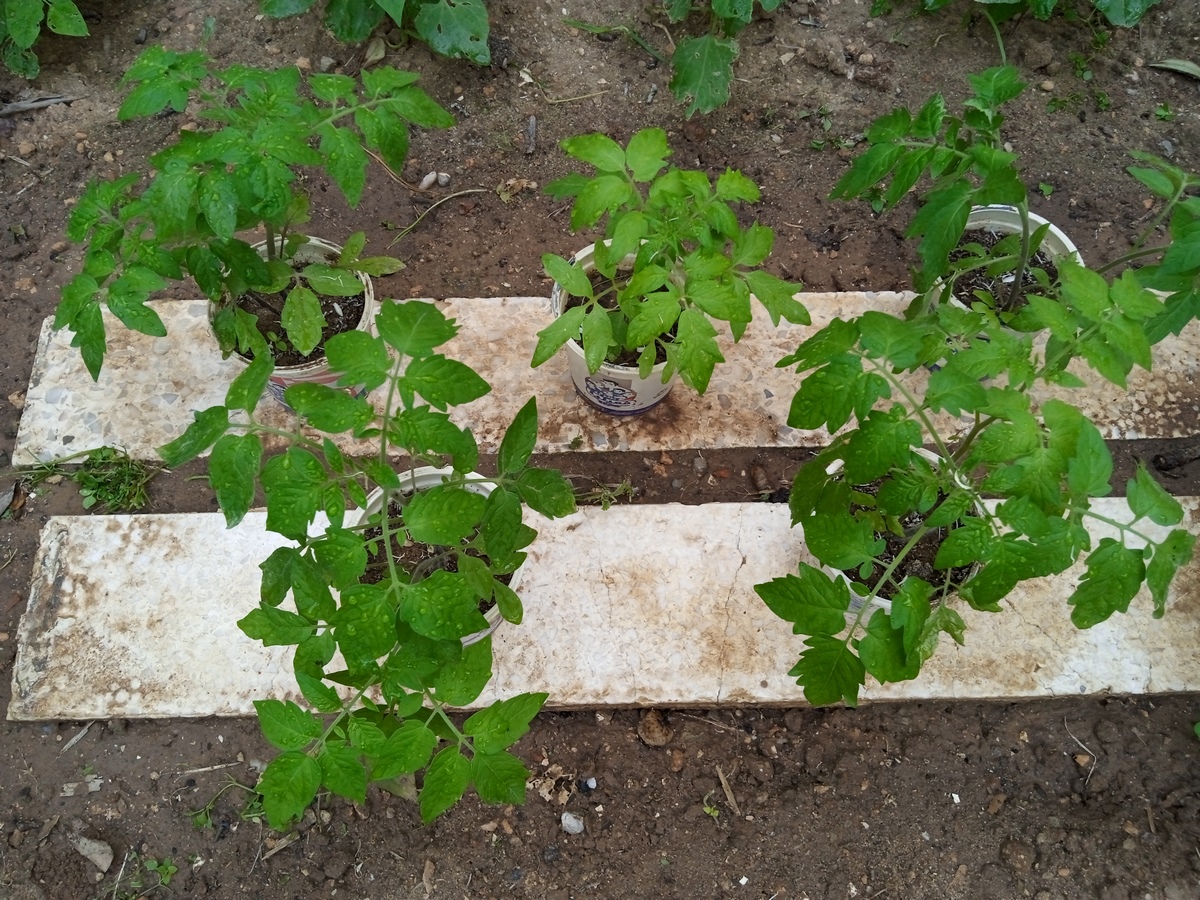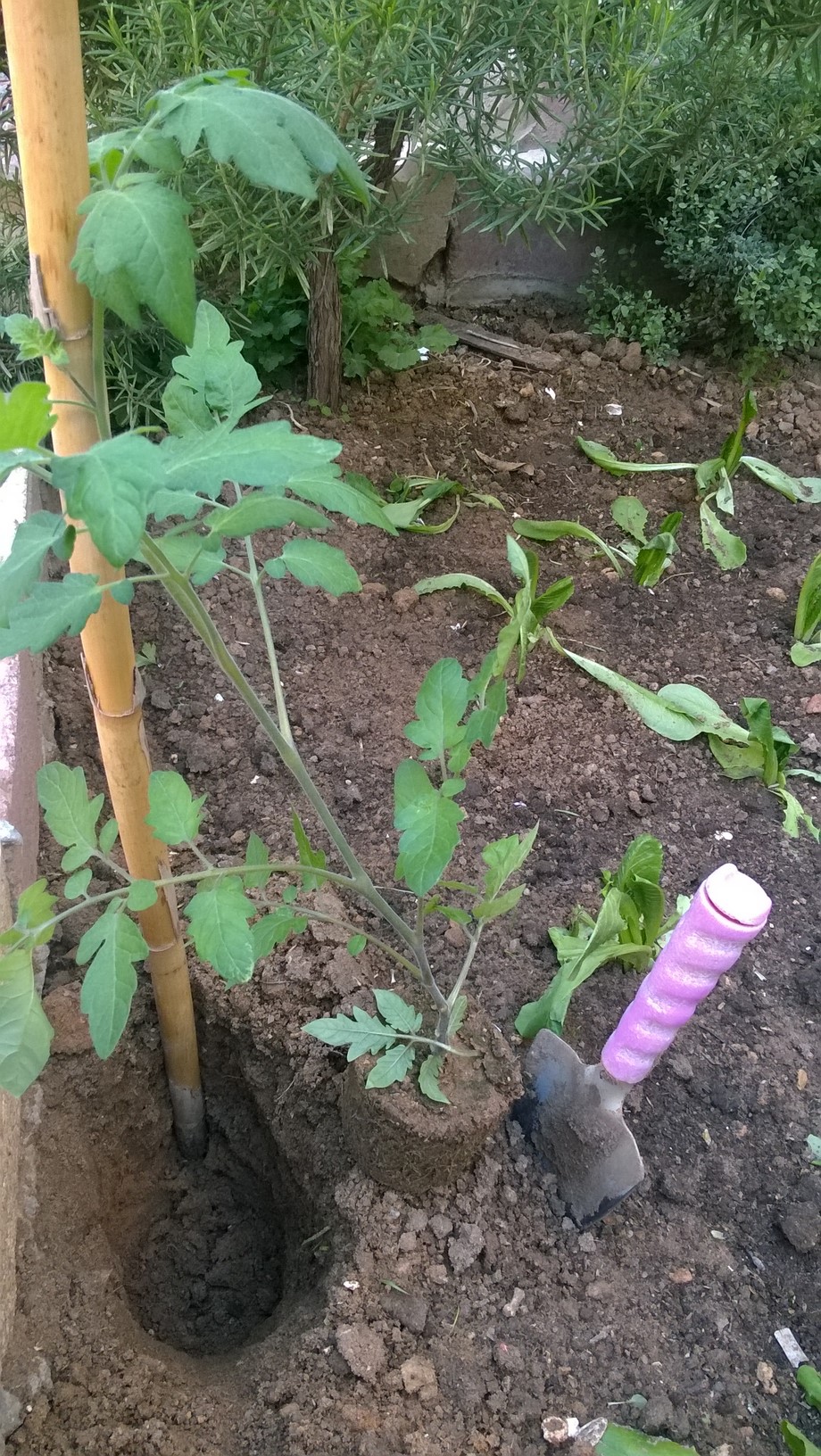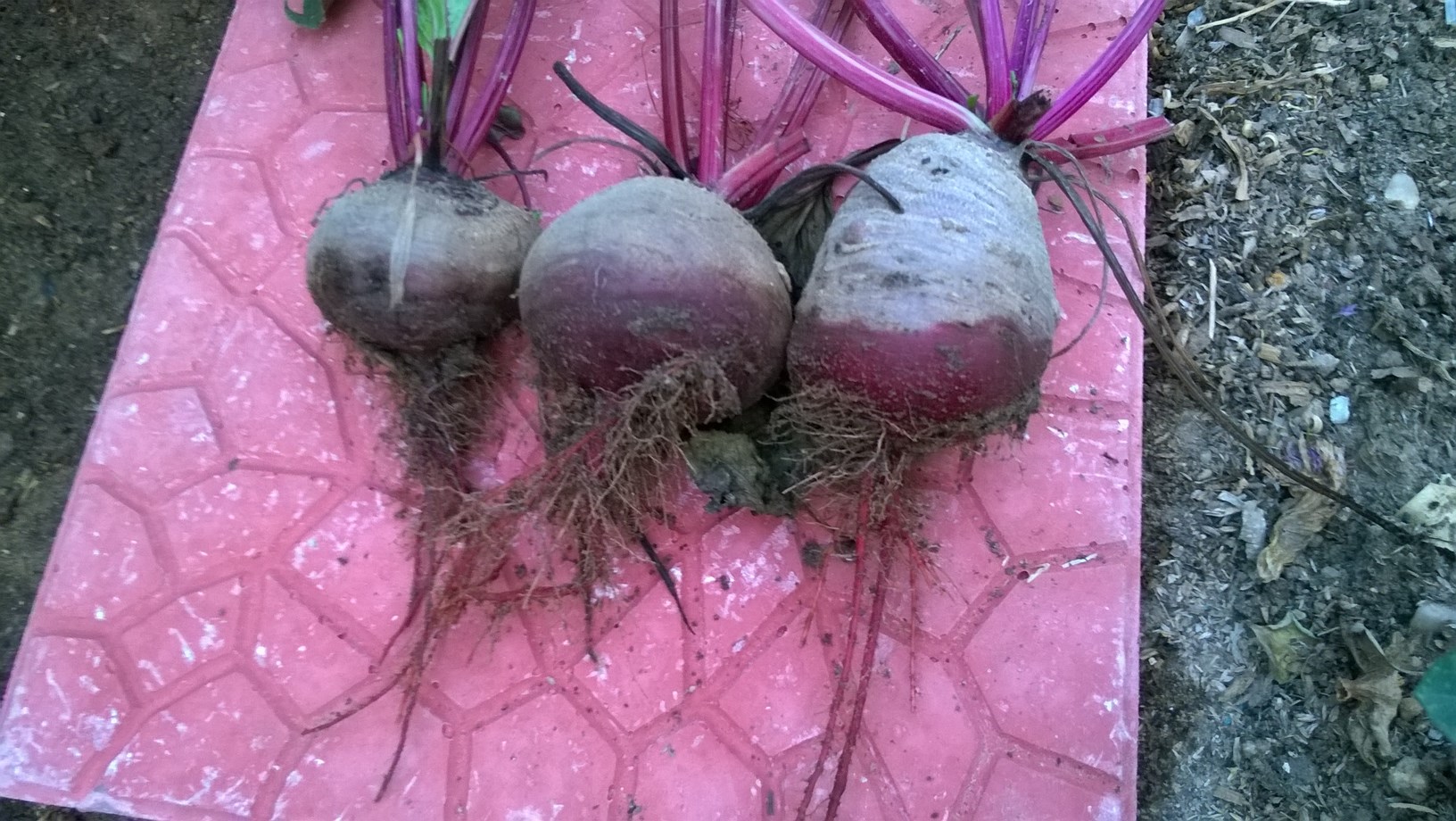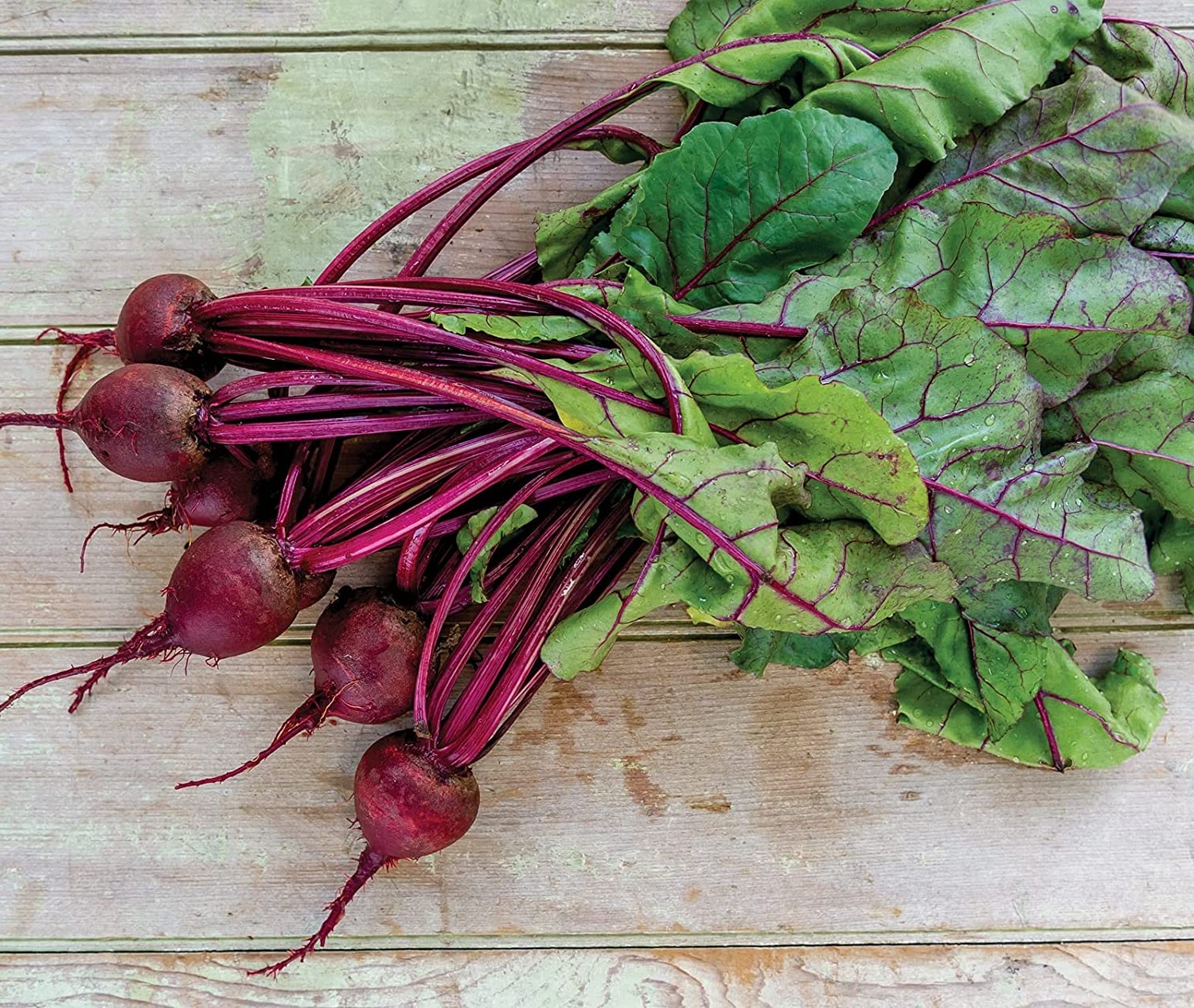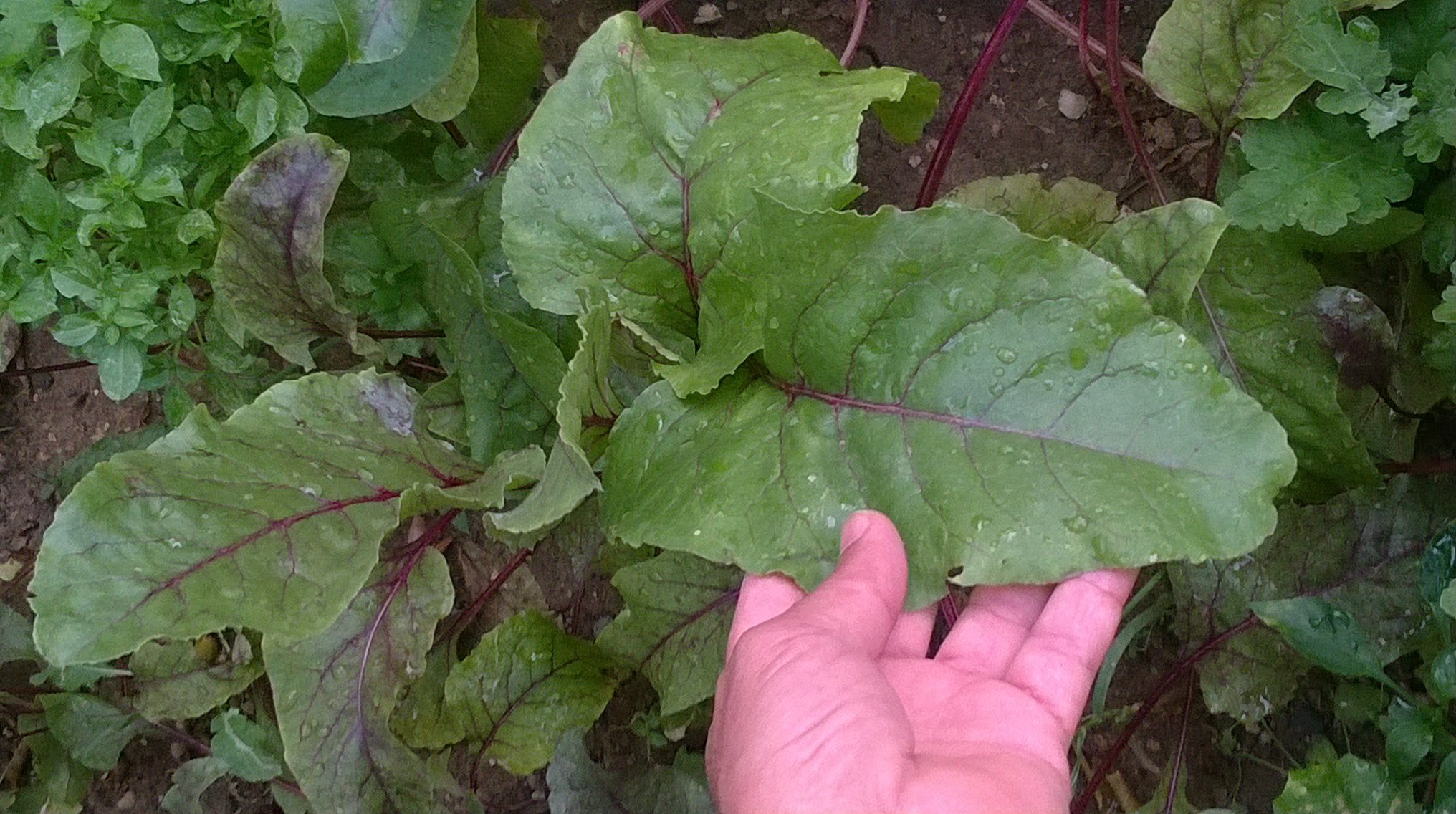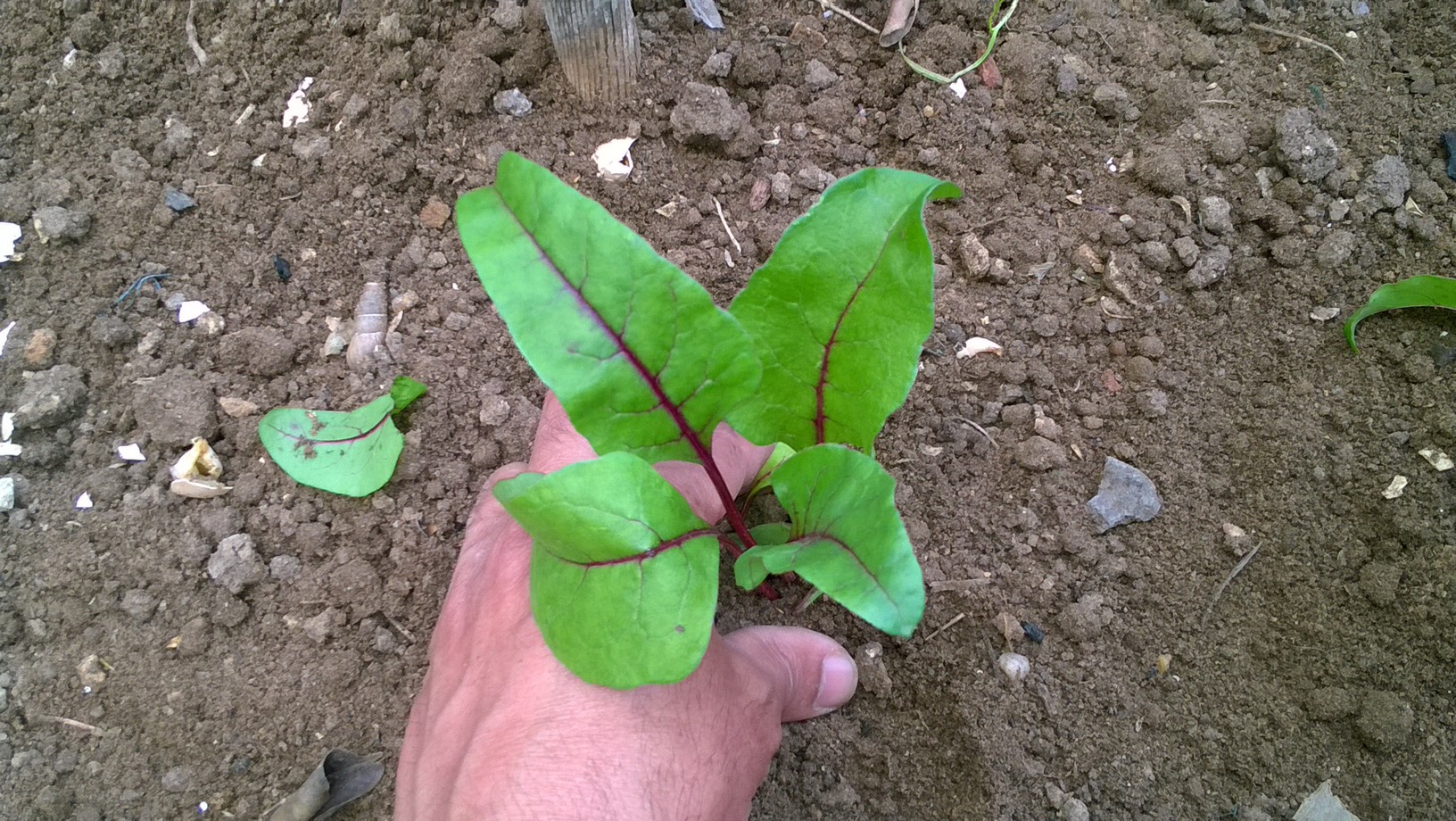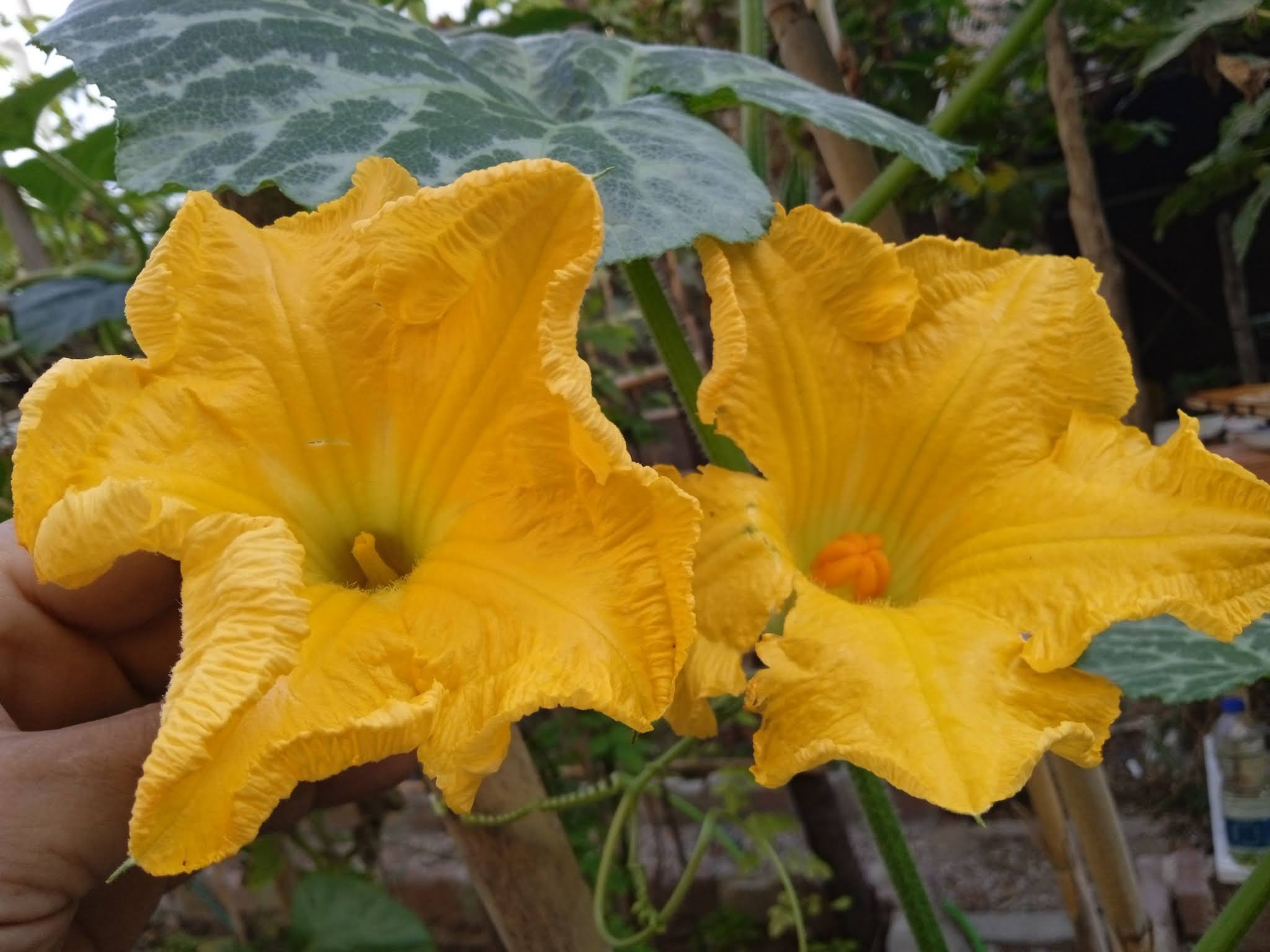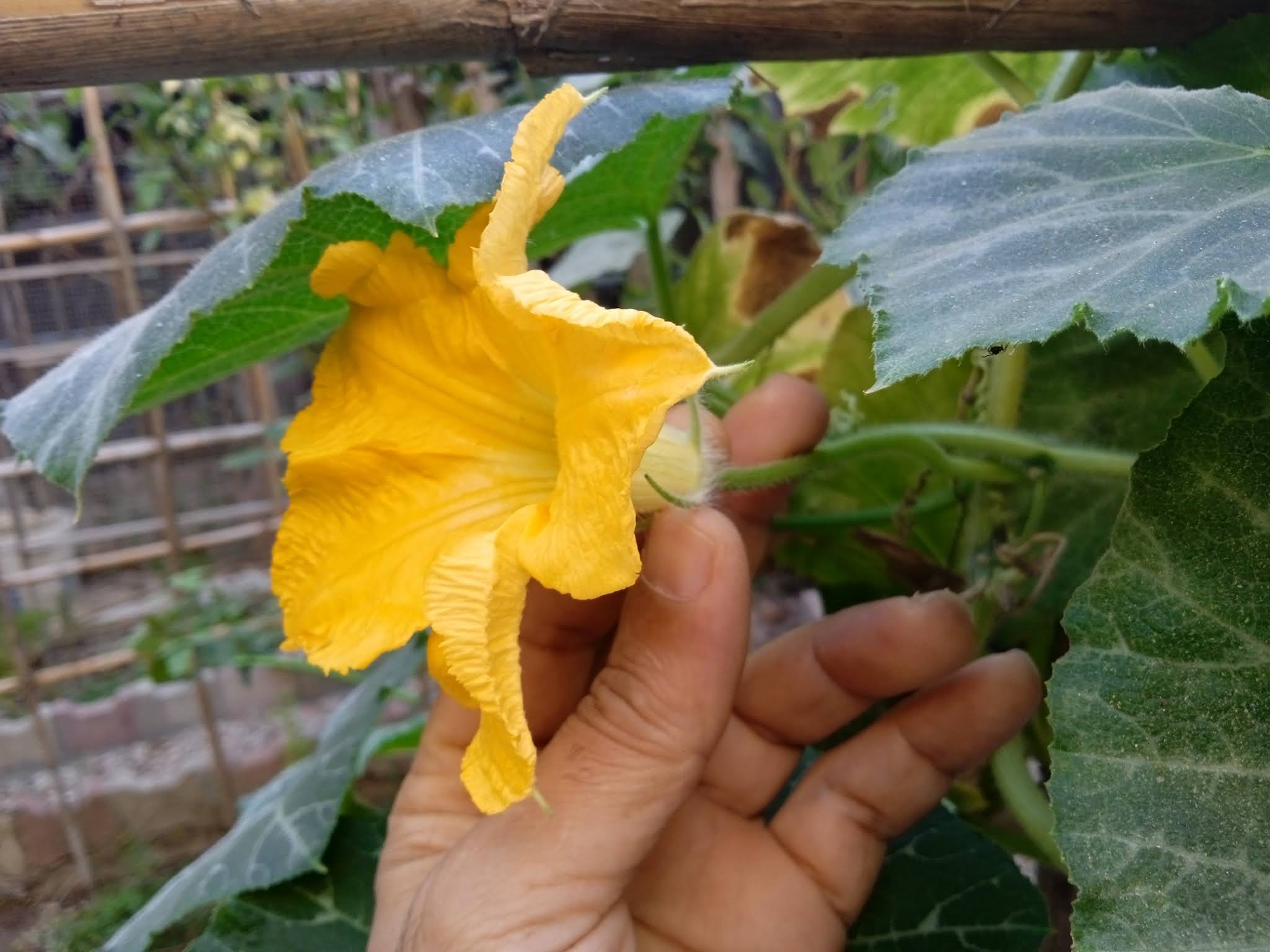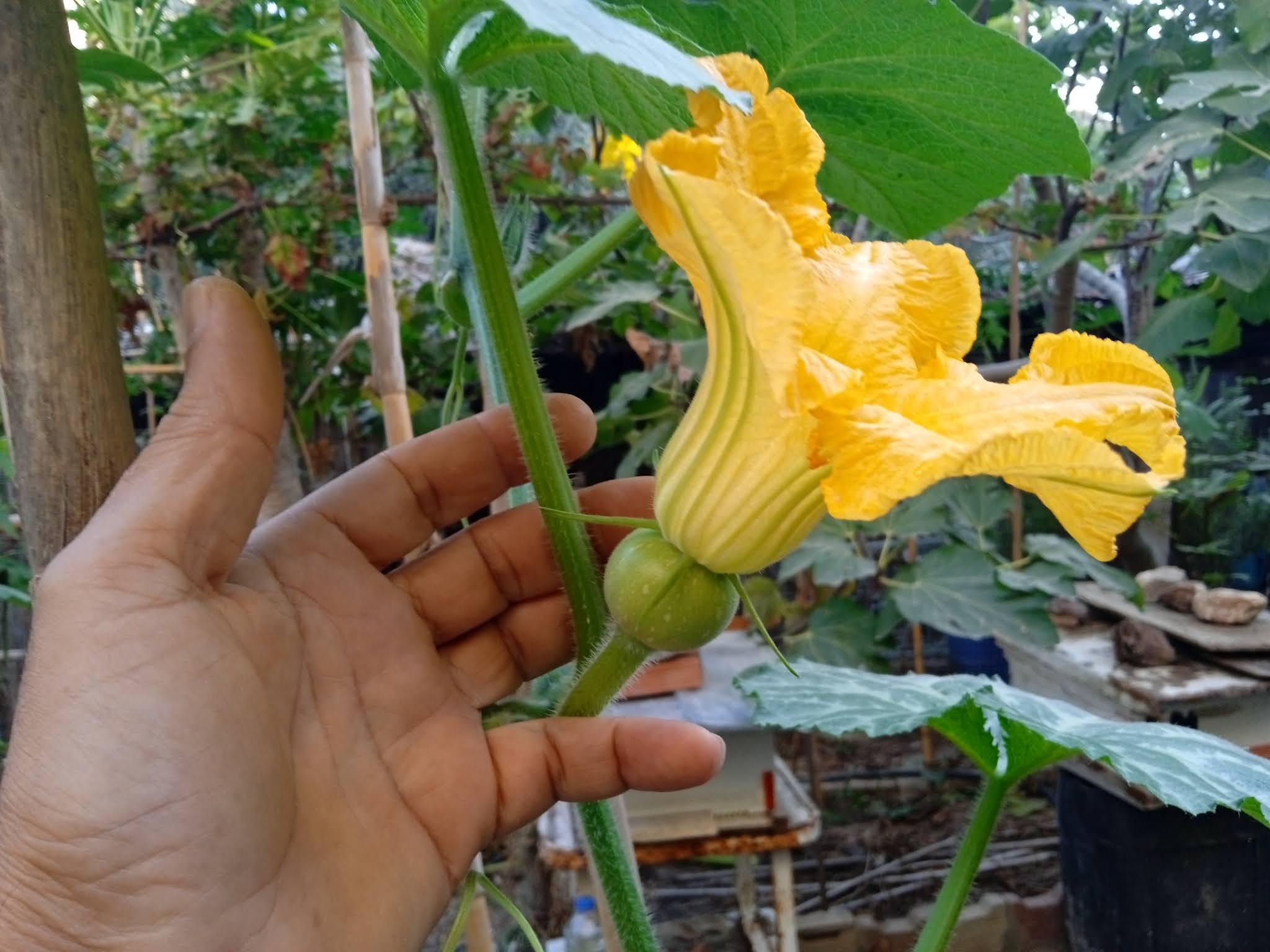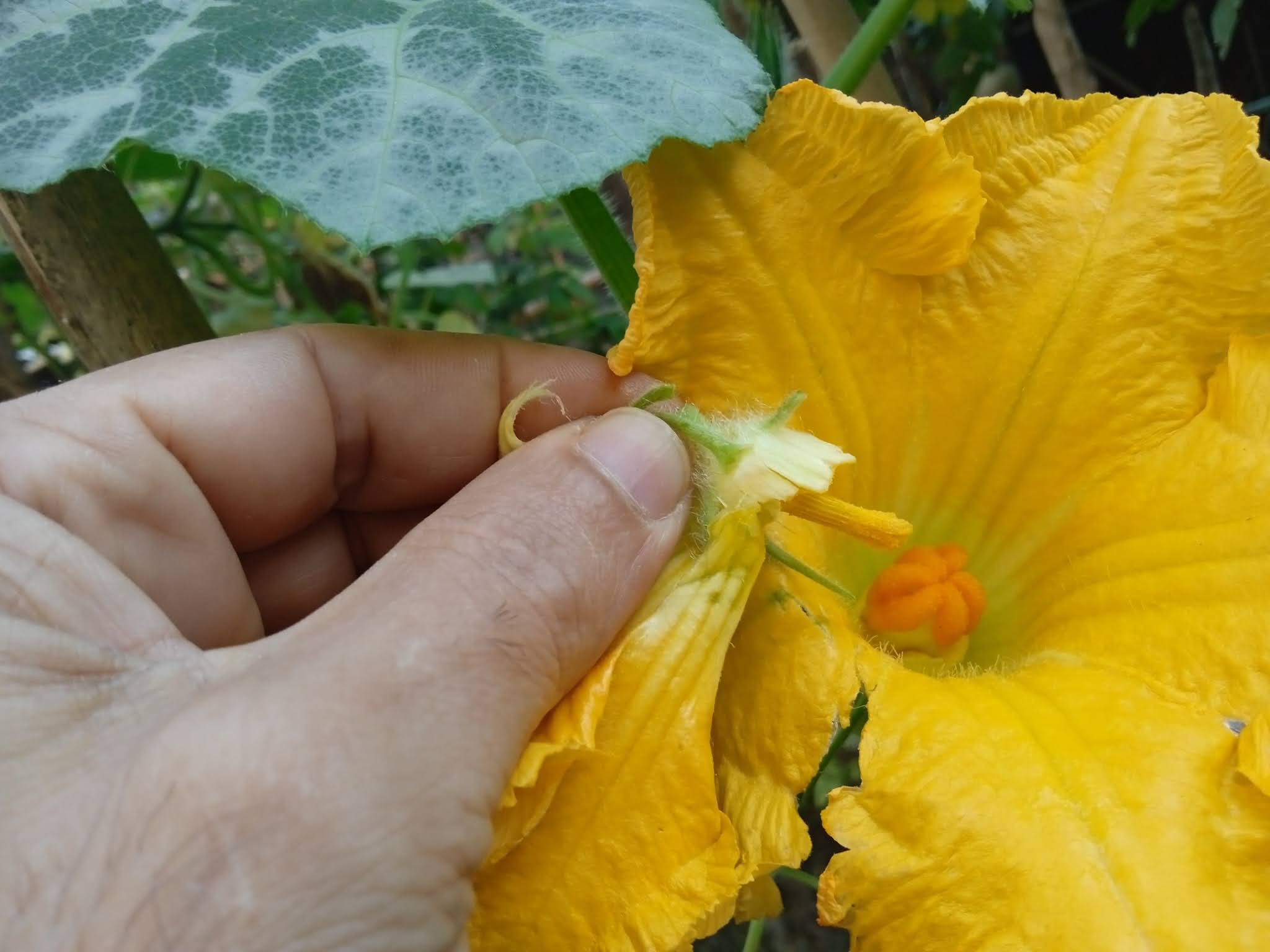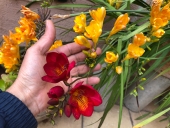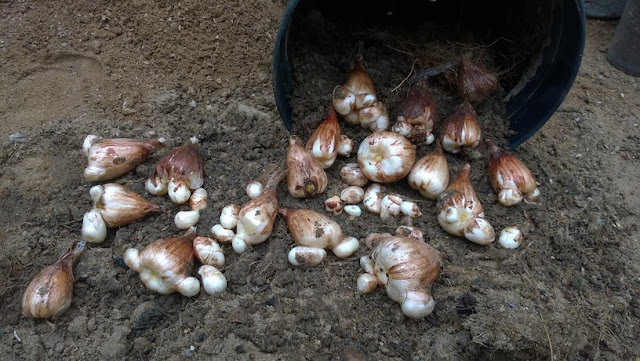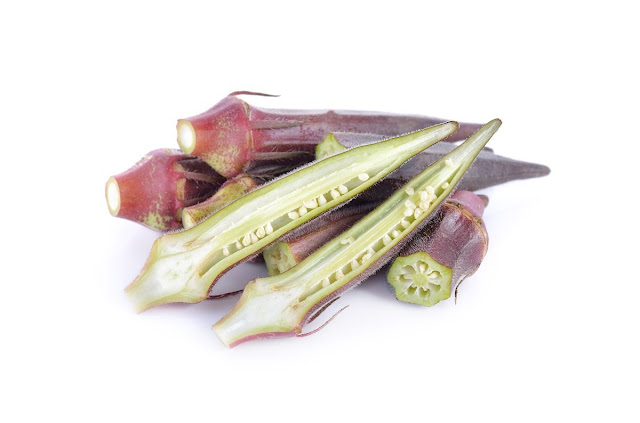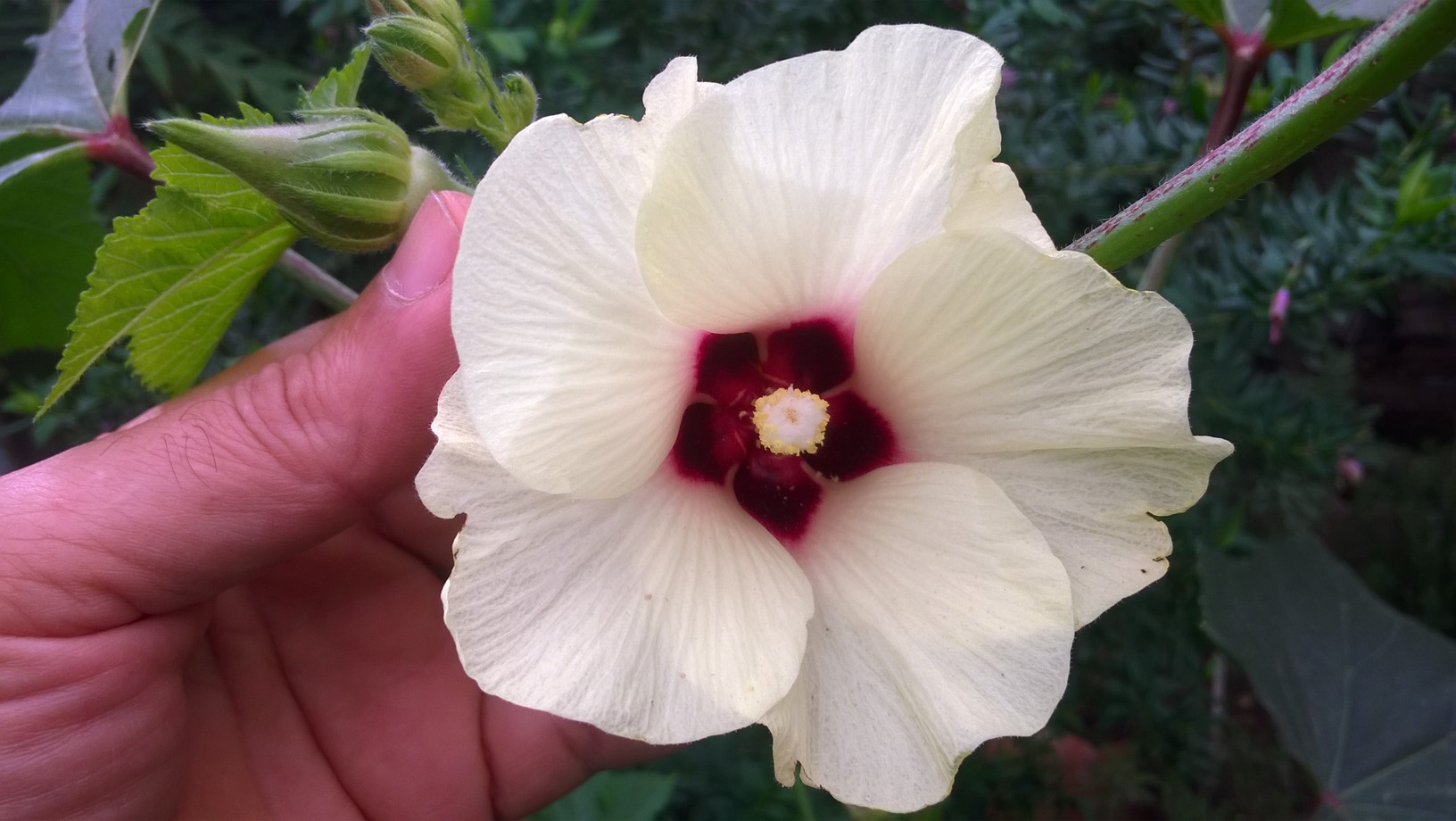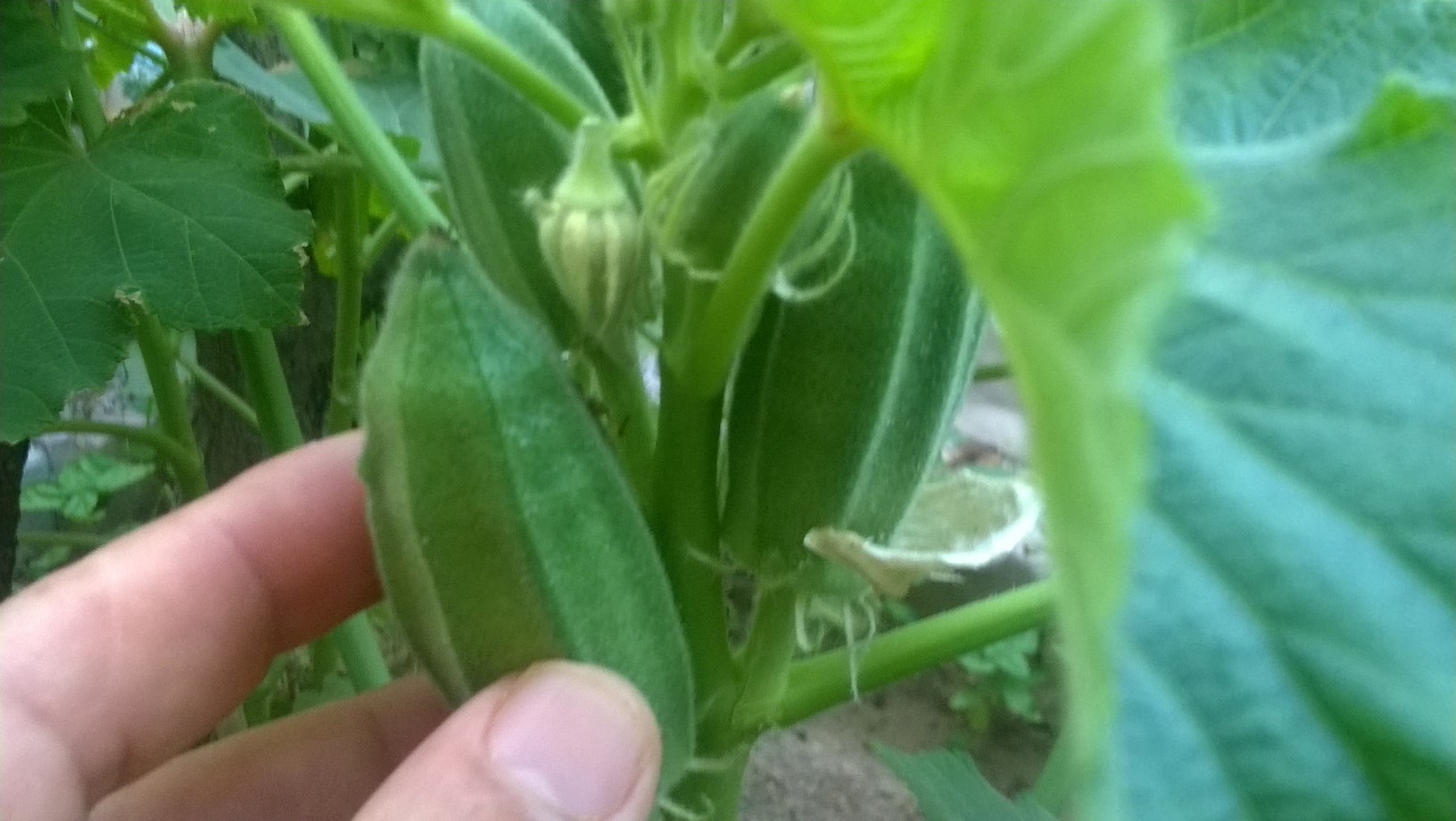Hi fellow permies! 👩🌾👨🌾

If you’re growing oregano in your herb spiral, raised bed, or container garden, you probably already know how hardy and rewarding this Mediterranean beauty is. But when it comes to harvesting it right—to get that intense aroma and flavor we all love—timing and technique are everything!

I recently shared a full breakdown on my blog about how to know when your oregano is ready to harvest and how to do it in a way that benefits both you and the plant long term.
👉 Here's what you'll learn:
✅ Best time of day to harvest (Hint: morning sun has a secret benefit)
✅ Why you should wait until just before flowering
✅ The best way to cut your oregano to encourage bushier regrowth
✅ How to avoid stressing the plant or reducing its flavor
✅ Drying and storing tips for preserving oregano’s volatile oils 🌞🌿
One thing I emphasize is that harvesting isn’t just about taking from the plant—it’s about working with it. When you harvest oregano the right way, you’re actually helping it grow stronger, bushier, and more resilient.

Whether you're snipping for fresh use in the kitchen, drying for winter use, or saving up for your next herbal infusion, this guide will walk you through all you need to know.
📝 Check out the full article here:
👉
Know When and How to Harvest Oregano
I'd love to hear from the community too!
🍃 How do you harvest oregano?
🍽 Do you use it more fresh or dried?
🌱 Any unique companion planting tips or favorite oregano varieties?
🎥 Prefer to watch instead? Here's a quick video guide too📺
Let’s swap notes! 🌿
Happy harvesting and thanks for being such an inspiring community!
— Chokri from Chokri Home and Garden







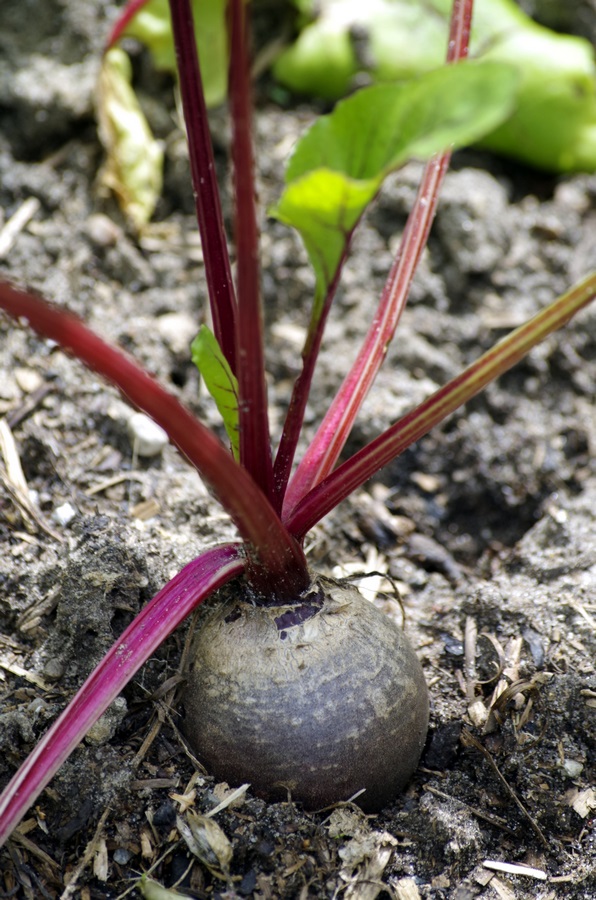
.JPG)






